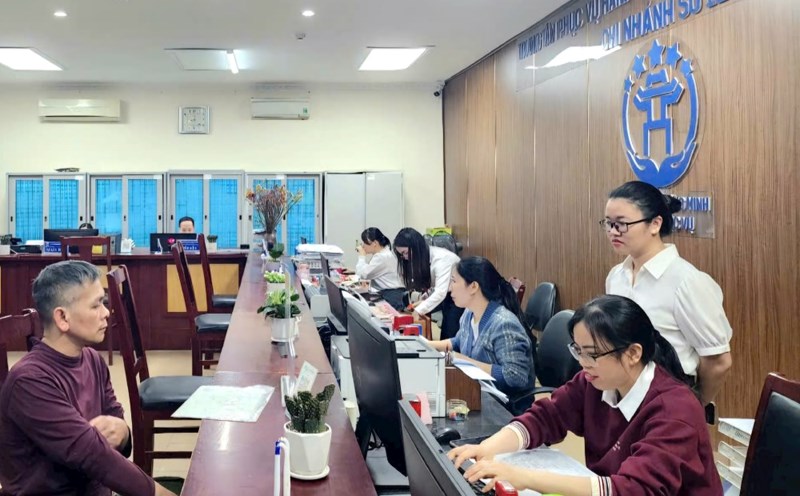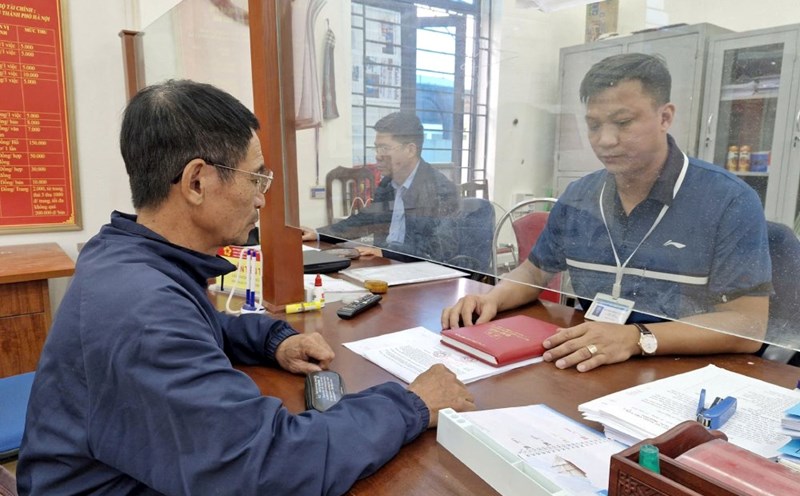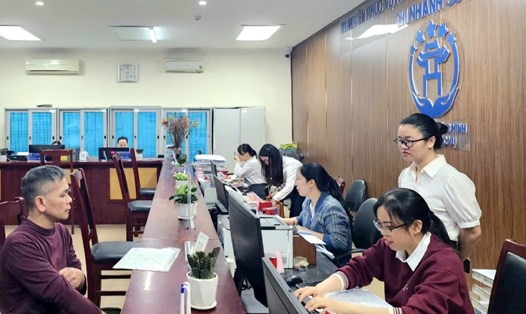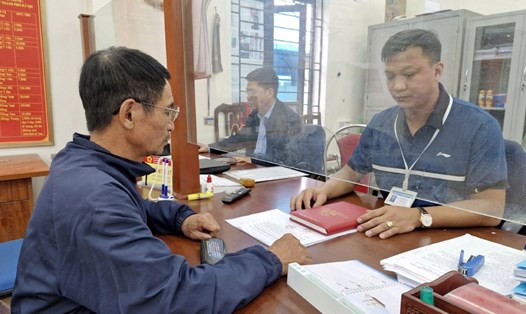The above orientation is stated in the scheme of arranging and reorganizing the administrative unit (DVHC) at all levels and developing a model of organization of local government 2 levels (according to Decision No. 759/QD-TTg).
Accordingly, the total number of communes and wards after arranging decreased by about 60-70% compared to the current number of communal units in the province or centrally-run cities; At the same time, it is necessary to ensure a reasonable correlation, avoiding creating a large distance and difference in natural area and population size between new communes and wards after arrangement.
The project has clearly stated the functions and tasks of the local government (commune, ward, special zone).
Accordingly, the local authorities of commune -level perform functions, tasks and powers directly related to people, organizations and businesses in the area are currently prescribed for local authorities and district authorities.
Accordingly, the duties and powers of the current local government are transferred to the local authorities to implement.
Based on the size, conditions and characteristics of each commune level and the management capacity that local authorities are decentralized and decentralized more from the central and provincial level according to the capacity and management requirements (especially for large urban wards, special Phu Quoc and large -scale communes).
Accordingly, the local authorities have 7 groups of basic tasks and powers:
Firstly, organizing the implementation of the Constitution, laws and documents of the superior agencies in the area.
Secondly, the financial and budget decision of their level in the commune level (except for the contents of the provincial authority); issued legal documents; Supported financial and budget sources from the central and provincial level to ensure public activities.
Thirdly, perform socio -economic development tasks, agricultural development, community development, support small businesses, promote tourism and services.
Fourthly, managing assets and infrastructure to serve people in the area; Managing preschool, elementary, junior high school, medical stations, caring for the elderly, protecting children and social welfare; Maintain local cultural traditions, manage cultural, sports and entertainment facilities.
Fifth, providing essential public services to serve people such as water supply, wastewater treatment, waste, environmental sanitation and fire prevention in the area.
Sixthly, solve administrative procedures and provide public services directly to people in the area.
Seventh, performing functions, tasks and powers decentralized and authorized by the provincial authorities.
For local authorities in the ward (urban), in addition to performing 7 common tasks of the above -mentioned local government, it also performs a number of separate tasks and powers of the urban government.
For local authorities in the special zone (islands), in addition to performing 7 common task groups of the local government, it also performs a number of separate tasks and powers of the special local authorities in accordance with the characteristics of the island.











